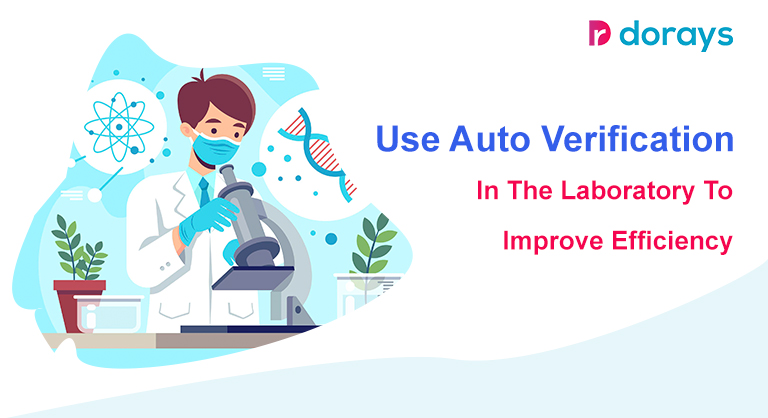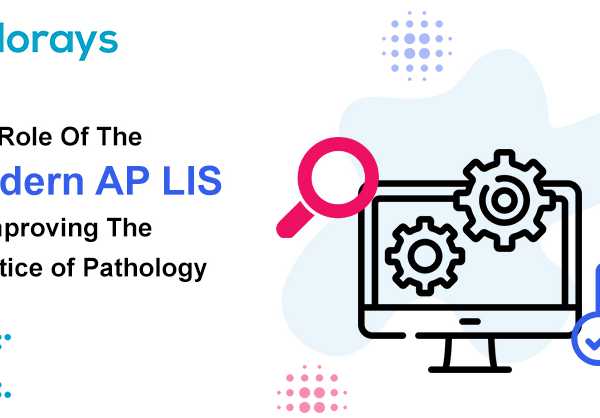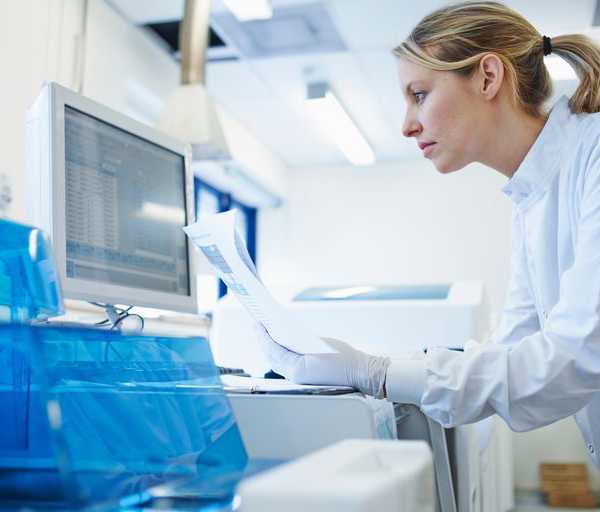What is auto verification?
Auto verification uses computer-based rules and software to automatically verify the consistency of laboratory test results without manual review. Auto verification is mainly used in test procedures related to blood gas analysis, general chemistry, urinalysis, toxicology, endocrinology, drug screening, etc.
The process of auto verification has its main advantages in clinical and chemical labs. The entire procedure is usually carried out using a Laboratory Information System (LIS) and a middleware programme between the LIS and the laboratory devices. Auto verification is performed based on a predetermined set of rules established by the specific laboratory taking into account the history of specimen statistics of the lab.
Pathology lab software
Pathology lab software is a set of auto verification tools that helps track, manage, streamline and automate laboratory operations. The primary functions performed by the software are as follows:
- Generate invoices
- Manage inventories
- Manage payment bills
- Ensure availability of required chemicals
- Manage the purchase of adequate instruments
- Resolves funding issues
Some examples of well-known pathology lab software are –
- MocDoc HIMS
- CrelioHealth (formerly called Livehealth)
- Aarogya – Hospital management
- eLab
- simplex Himes
- Qmarks Pathology Lab
- MediXcel LIMS
Different processes under autoverification
The rules of auto verification involve potentially absurd values (physiologically improbable) for some analytes, and it also controls automatic dilutions and conditions for proper repetitive analysis of lab specimens. More sophisticated applications of auto verification rules generate customized and interpretive text based on laboratory value patterns.
Regardless of how safe or accurate the auto verification process may be, it requires the approval of the medical director to initiate the process. However, the core laboratory staff can suspend auto verification if necessary.
Auto verification involves the following main processes:
- Instrument error flags
- Quality control
- Interference indices
- Reference ranges
- Critical value
- Analytical measurement ranges (AMRs)
- Limit checks
- Delta checks
- Consistency checks
- Logic check
- Dilution protocols
- Checking of patient’s historical information to find more details
Benefits of using auto verification in the laboratory
The benefits of using auto verification are as follows:
- It reduces manual labour.
- Helps to reduce the medical error that occurs by omission and neglect.
- Increases the efficiency of the laboratory by reducing the number of specimens per worker and optimizing the facilities.
- It saves a lot of time as machines take less time than humans to review reports.
- It reduces the screentime of lab workers caused by reviewing hundreds or even thousands of results per shift and hence improves their health.
- It decreases the stress level of lab staff because now, the staff has to review only those reports that need particular human intervention.
- It enables a constant and rapid flow of samples into the computerized line, regardless of whether the specimens are from an inpatient or outpatient facility.
- It helps to manage Test Turnaround Time (TAT)
- It reduces problems caused by the shortage of medical workers.
- It ensures the safety of patients whose specimens are being tested.
Conclusion
Auto verification is the spine of clinical chemistry in the present era. Its usage has expanded over the last two decades due to its multiple benefits. Nowadays, highly accurate auto verification is possible using modern clinical chemistry analyzers. The capacity to automatically validate a large proportion of test findings boosts productivity. It enables laboratory personnel to concentrate their efforts solely on the limited number of reports and samples that require manual evaluation and inquiry.
While suitable quality auto verification methods can save the lives of many patients, on the other hand, improperly designed auto verification can lead to the release of reports that can potentially damage the whole system of patient management. It has severe adverse effects on the growth of the nation.
So, it should be the priority of the laboratory personnel to prepare good lab reports so that the chances of getting wrong results from auto verification become potentially negligible.





Leave a Comment